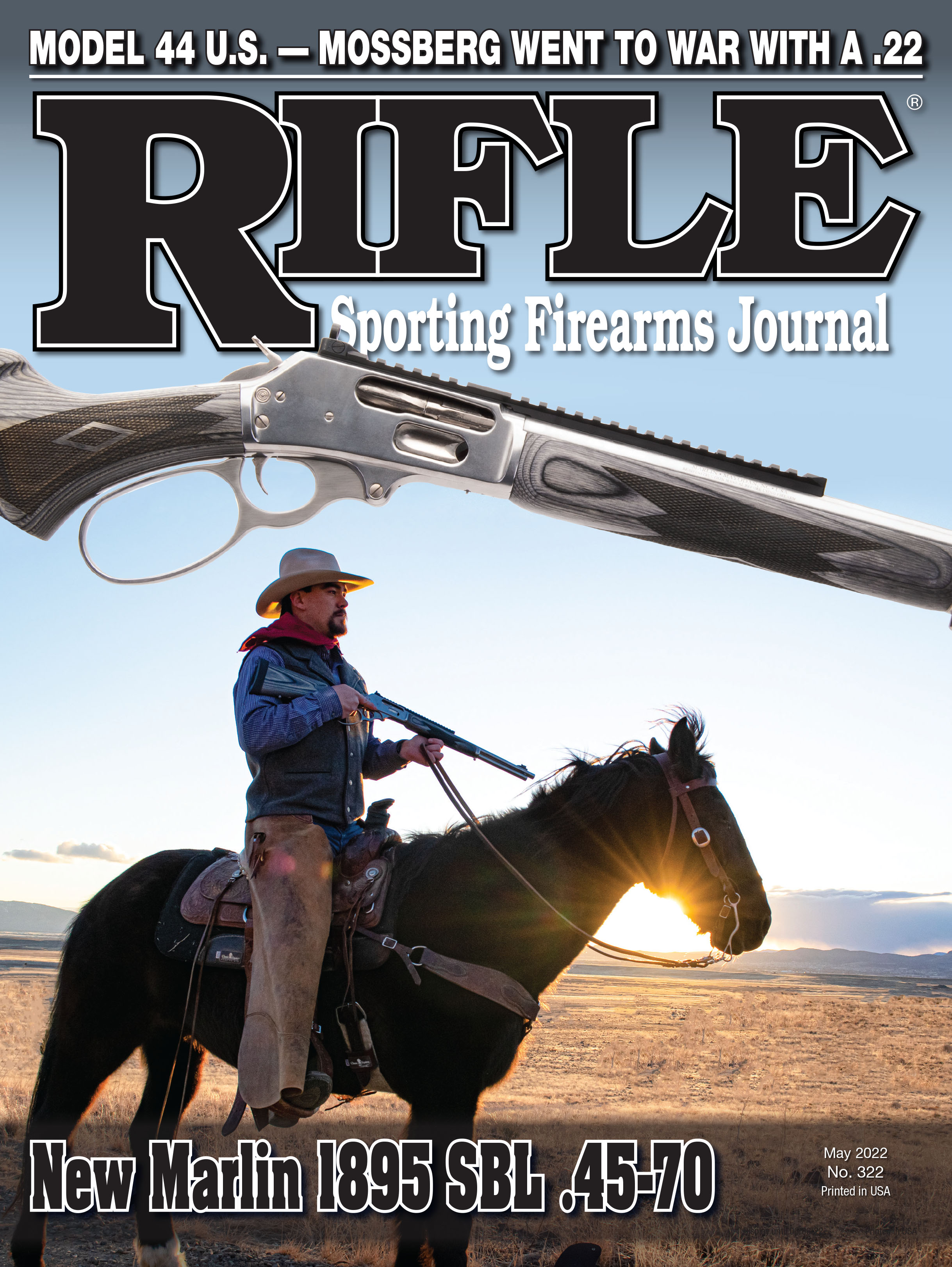Mossberg Went to War - with a .22
Shooting a Model 44 U.S.
feature By: Art Merrill | May, 22
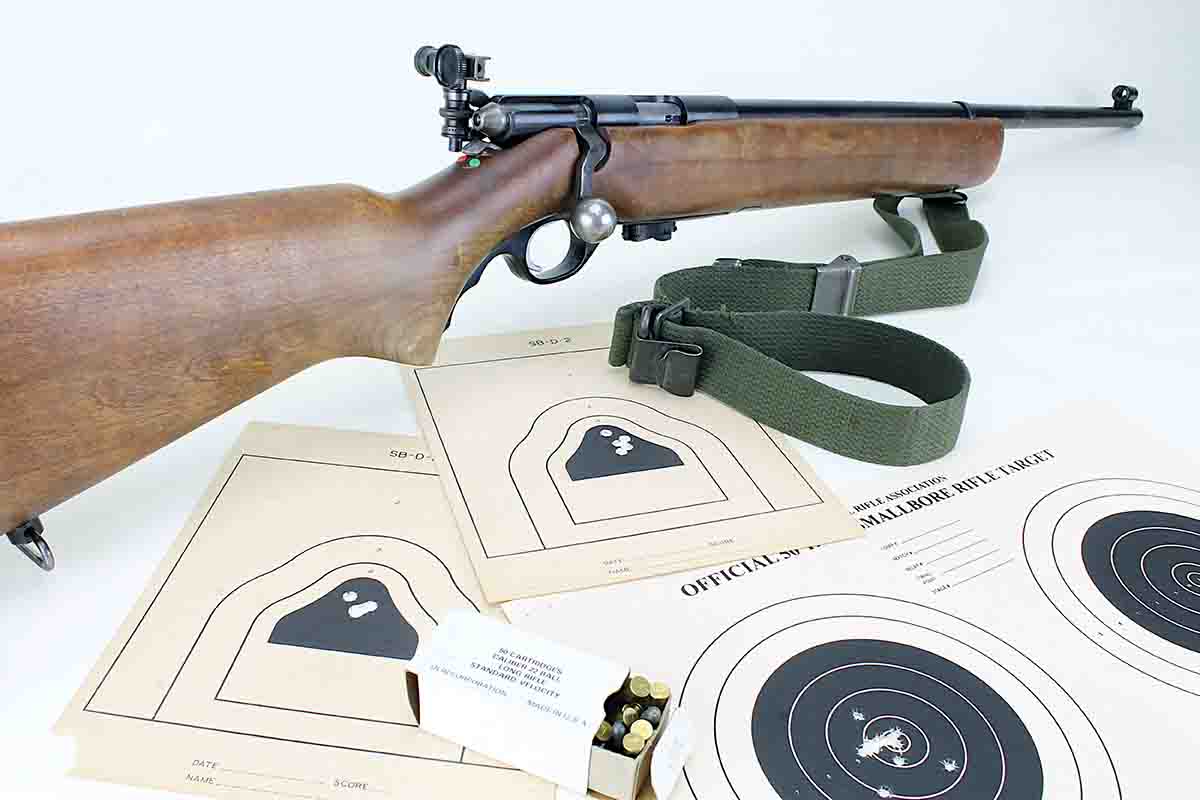
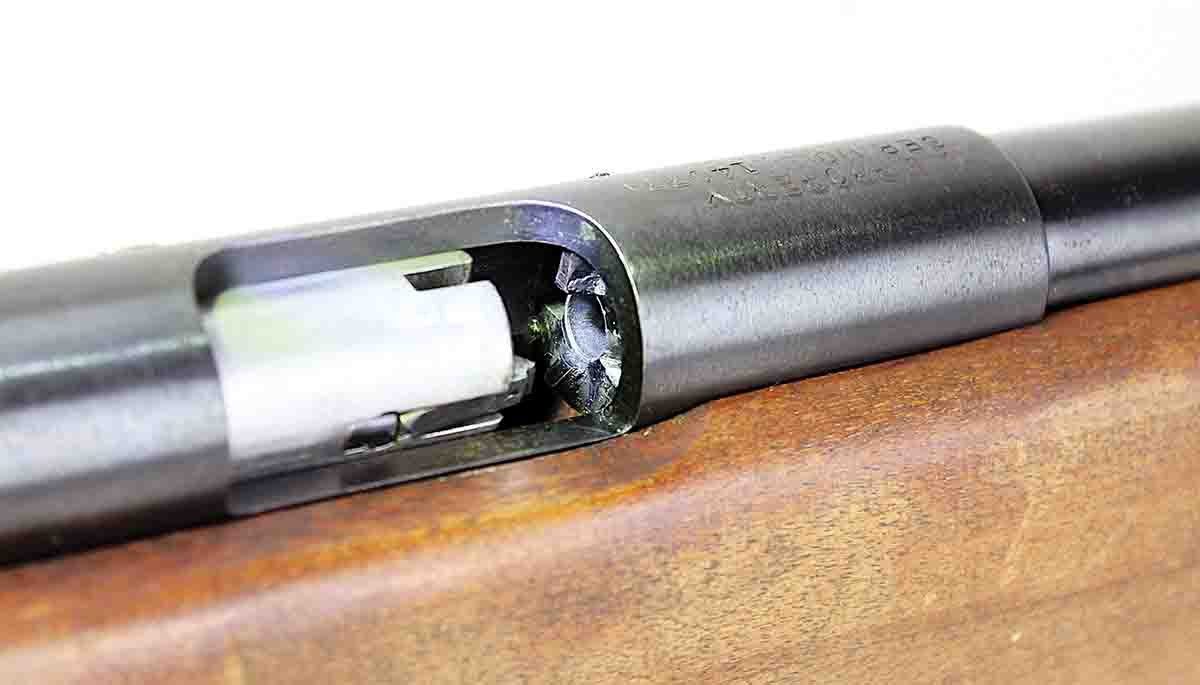
During the twentieth-century, O. F. Mossberg & Sons, Inc. earned a reputation for reliable utilitarian firearms. Comparable to models from giants like Winchester and Remington, Mossberg’s guns undersold the big guys, but not by inferior workmanship. When lifting a vintage Mossberg barreled action out of its stock, I found clever, minimalist designs engineered to reduce complexity and therefore manufacturing costs. A further benefit today is that Mossberg’s many older, simpler designs allow owners to necessarily intuit disassembly and troubleshooting, as owner’s manuals are lacking.
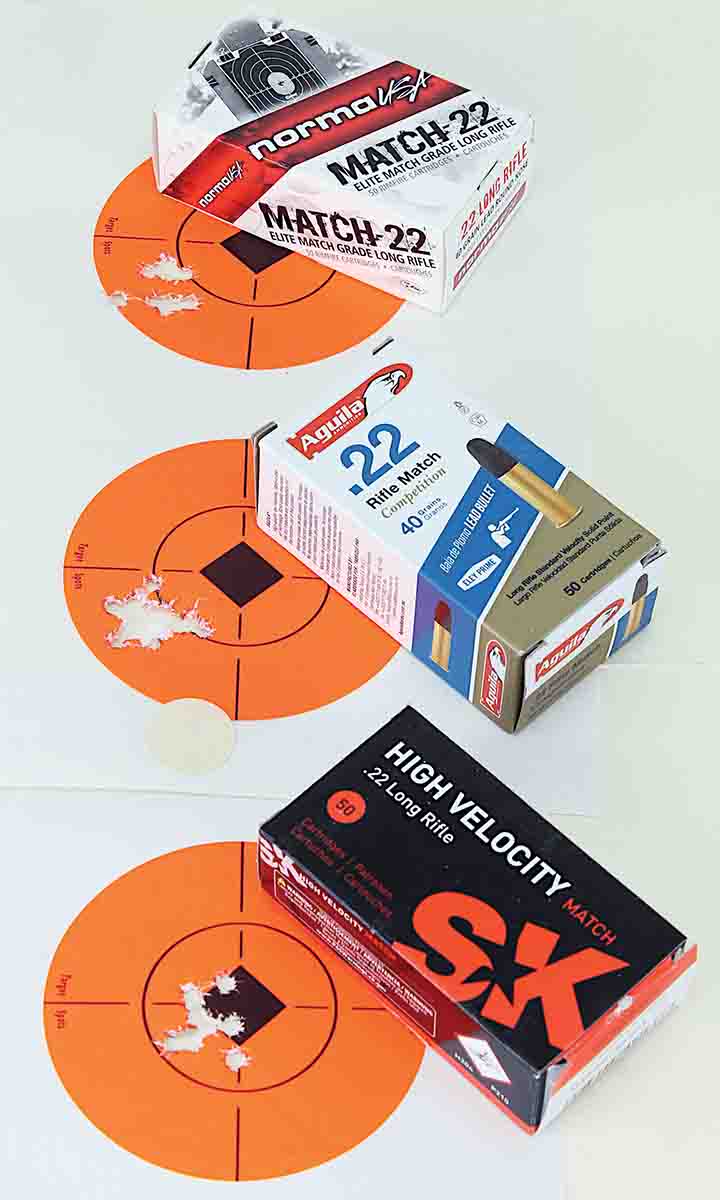
Post-war, Mossberg offered a civilian version of the M44 U.S., the first one the Model 44 U.S.(a). Some of these guns bear the “U.S. PROPERTY” stamp, apparently because Mossberg had already manufactured the rifles when the government cancelled the contract near war’s end. Minor changes led to rifle models 44 U.S.(b), 44 U.S.(c) and 44 U.S.(d) through 1948.
.jpg)
The example Model 44 U.S.(a) here came into my hands via the shop where I work, which acquired a dozen or so of the rifles from the local gunsmithing school. Unsurprisingly, all of the rifles suffered missing parts, buggered screw slots and abused stocks, but with the aid of Havlin Sales (havlinsales.com), Jack First (jackfirstinc.com) and Numrich Gun Parts Corporation (gunpartscorp.com), we managed to get many of them up and running again, if not originally “correct” in every detail. The rifles at one time were the property of Arizona Game & Fish Department, and are so marked with a metal ID tag and numbers etched into the wood of the stock in front of the magazine well. That’s more provenance than riflemen get for most old guns.
Other markings include a letter “C” and the number “43” pressed deeply into the stock, which appear to be military rack numbers. The serial number appearing below the “U.S. PROPERTY” stamp on the receiver indicates 1944 as year of manufacture (Mossberg serial numbered few, if any, of its firearms until required to do so by the Gun Control Act of 1968, except for those made under government contract). Manufacturer markings on the barrel are “O.F. MOSSBERG & SONS, INC NEW HAVEN, CONN. U.S.A. 44 U.S.(a) 22 LR PAT.”
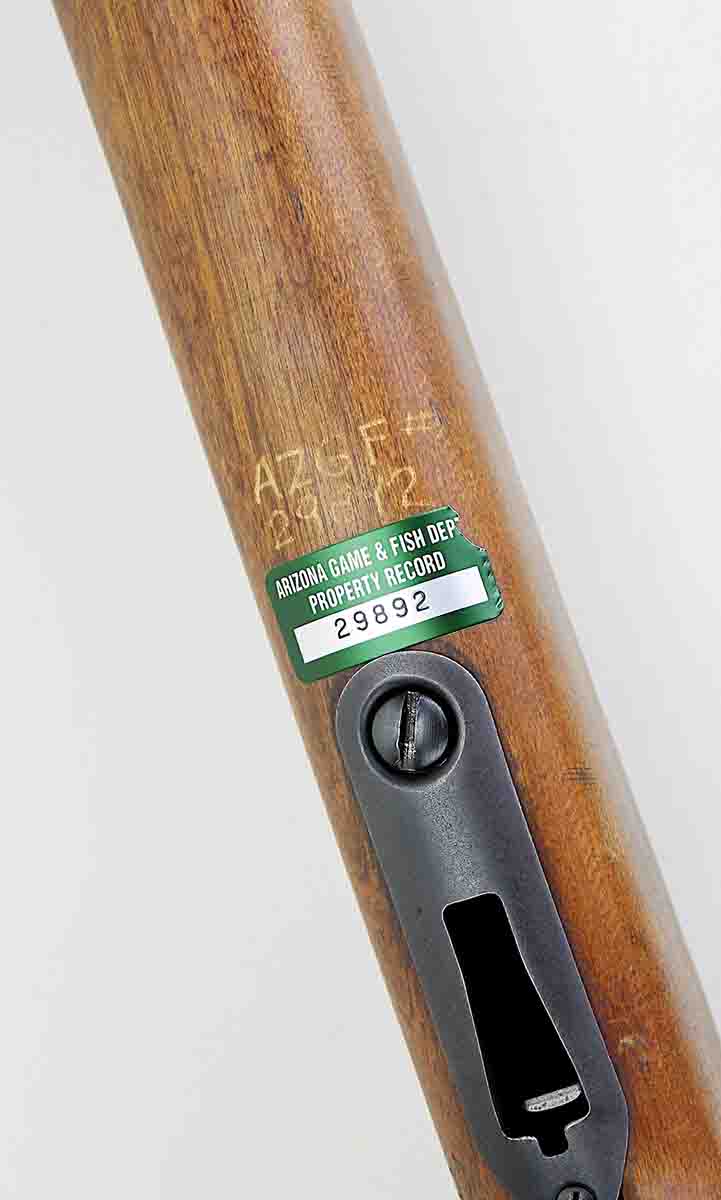
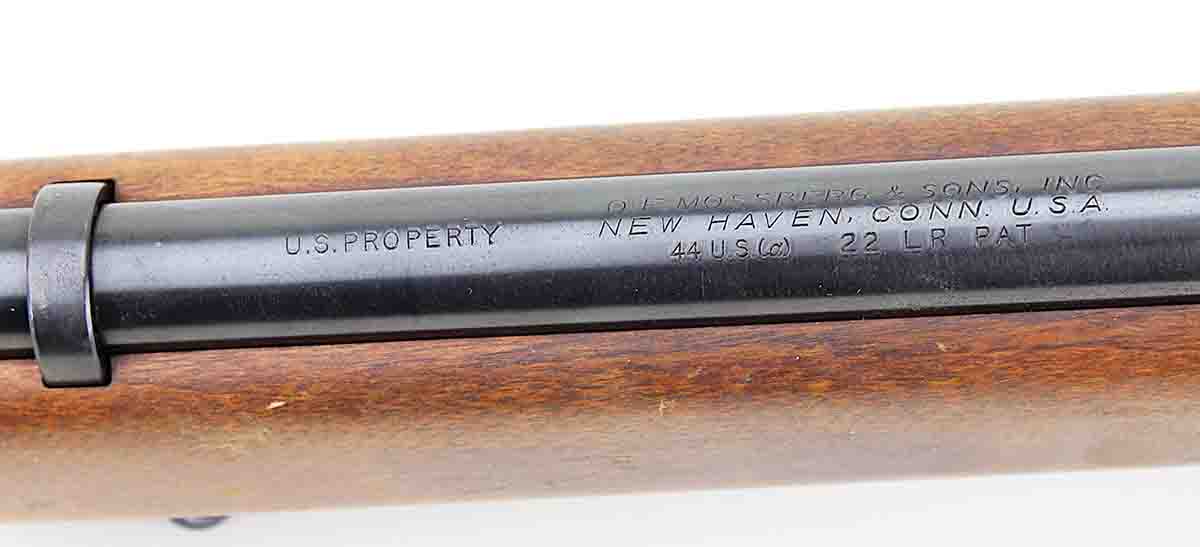
This is a full-size .22 rifle, befitting its intended military purpose. Perhaps not coincidentally, at 8.2 pounds, the M44 U.S.(a) weighs only 1.2 pounds less than the World War II M1903A3 and M1 Garand battle rifles. The medium weight barrel stretches 26 inches and terminates in a slightly recessed crown; rifle overall length is 43 inches and length of pull is 13s inches. The big forend is definitely capable of filling large hands. For a .22, these are dimensions shooters might expect of a match-grade rifle; the original sights, however, are not quite match league.
Mossberg outfitted the M44 U.S. with a swinging, click-adjustable rear sight designed by Harold Mossberg at the behest of the War Department. This S-100 aperture sight had half-inch click elevation and windage adjustments and went through some permutations that featured three, four or five mounting holes, so the sight has some forward and aft adjustment to suit the individual shooter, not that a drill instructor was likely to carry a screwdriver or accommodate the desires of thousands of recruits. The aperture’s horizontal bar pivots on the elevation post to fold to the left when not in use.
Though originally issued with Mossberg’s S-122 blade front sight with a hood, the example here now sports a better Lyman 17A target front sight that later came standard on the Mossberg Model 144LS rifle in 1954. The other “not quite original” part is the magazine, a quality reproduction. The magazine is a nice bit of period engineering, despite being stamped sheet metal.
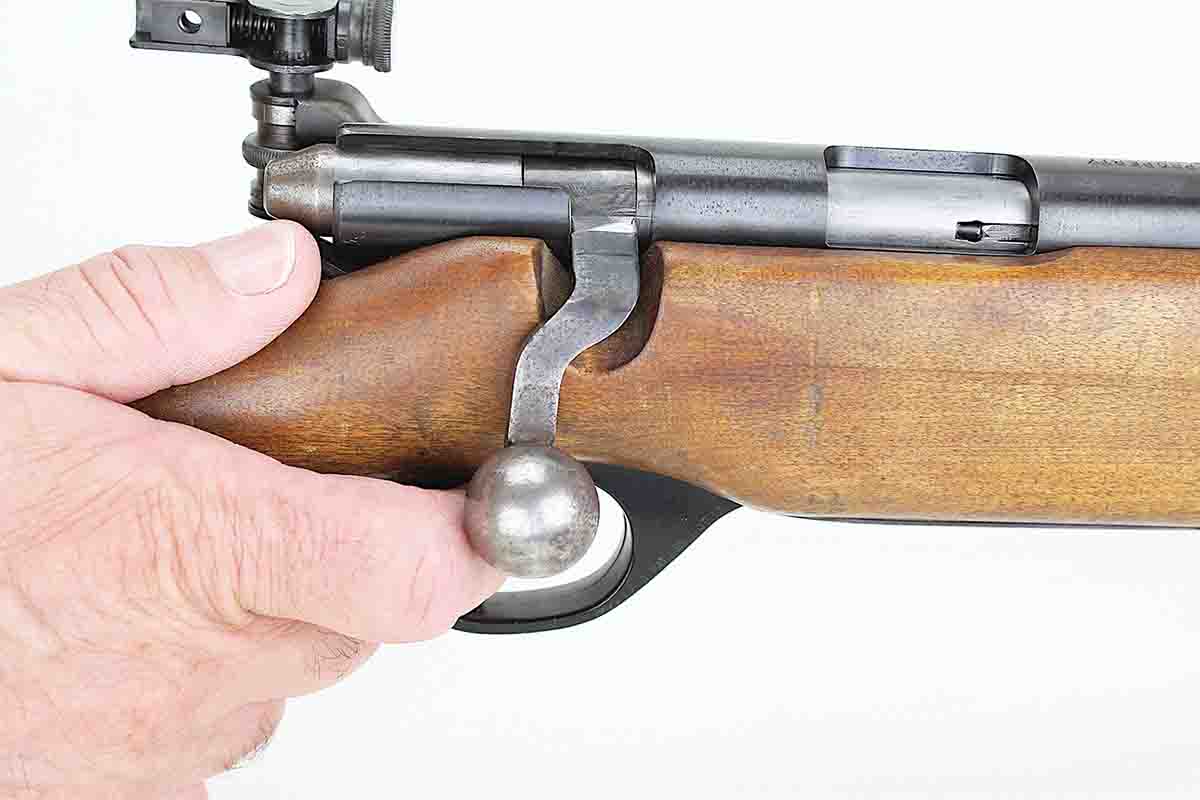
A spring-loaded thumb latch on the magazine locks it into the well. A long screw inserted from the bottom, when in place, makes the magazine a single shot with .22 LR cartridges while still permitting loading seven .22 Short cartridges, the screw shaft blocking the .22 Shorts from moving forward and causing misfeeds. Removing the screw allows stoking the magazine with a full load of seven .22 LR cartridges.
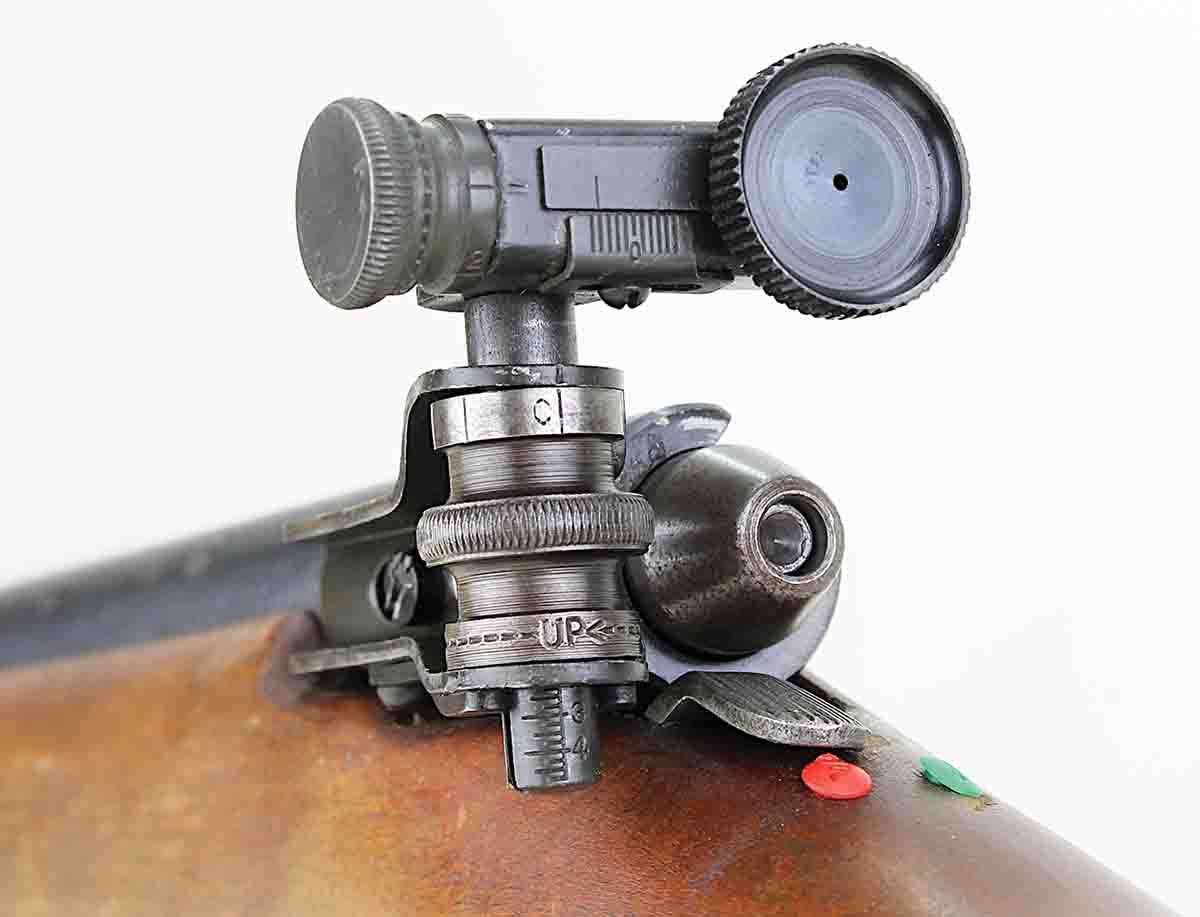
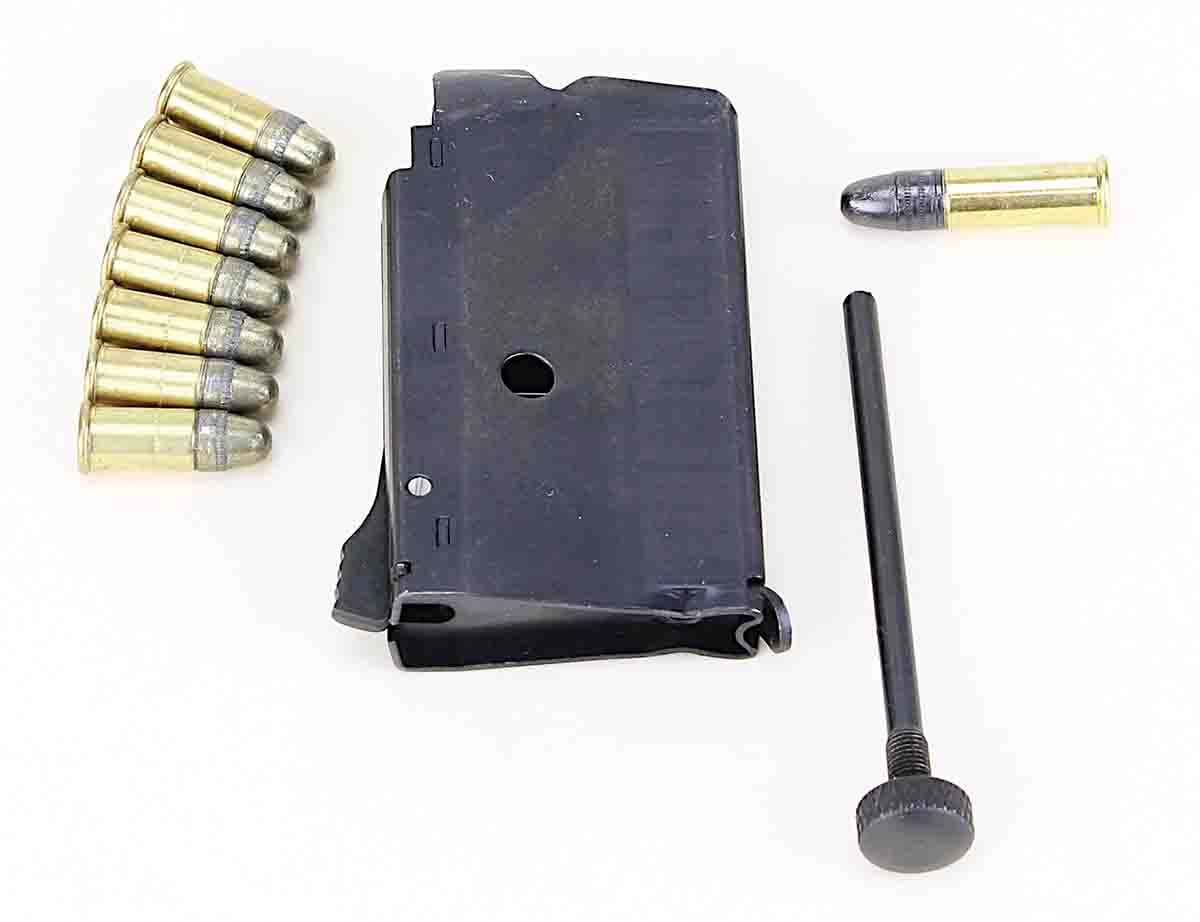
Though M44 U.S.(a) rifles had plain birchwood stocks, this one has an unexpected bit of figure. Two wood screws attach the corrugated, stamped steel buttplate to the stock. Sling swivels measure 1¼ inches to accept the leather M1907 sling or M1 web sling. The front sling swivel screw threads into a sliding steel ring/barrel band, pulling the barrel downward tightly into the barrel channel. It might be interesting to see how that configuration may affect accuracy by first shooting groups as-is, and then with the barrel free-floated, but the rifle has more historical value if I don’t modify it by relieving the barrel channel – besides, it isn’t a really a match gun. Or is it? It has a pretty hefty barrel in a beefy stock, making a solid rifle.
Bolt features include twin extractors and cock-on opening via a cam-angle machined into the bolt handle sleeve that engages a projection on the bottom of the one-piece striker. Illustrative of early Mossberg ingenuity in simplicity, a vertical segment of the trigger bracket acts as the ejector. The safety blocks the trigger, but not the bolt. Typical to most bolt-action .22 rifles, the root of the bolt handle serves as the lone locking lug. An unusual feature on this M44 U.S.(a) that doesn’t appear on M44 U.S. or even on Model 144 match rifles I’ve inspected, is two projections machined into the barrel’s breech face at 12 and 6 o’clock. These projections mate to two corresponding slots in the bolt face, apparently intended to provide consistent alignment on lockup.
Standing out for its size, the bolt knob is larger than that on the M1903A3 and about the size of the M1917 battle rifle’s bolt knob. Shooting the M44 U.S.(a), the proximity of that big bolt knob to the trigger becomes apparent as it brushes the knuckle of the trigger finger. That arrangement makes for fast cycling, should it be necessary, as when firing a rapid-fire string in a qualification course or in competition.
Unlike two-stage triggers on vintage U.S. military rifles that break at around 5 to 6 pounds, the M44 U.S.(a) trigger is single stage, breaking at about 4¼ pounds without overtravel. There are no trigger adjustments (though I found the Model 44 U.S.(b) has an adjustable trigger). Interestingly enough, NRA and CMP Service Rifle rules require triggers of minimum 4½ pounds on semiautos and 3½ pounds on bolt-action rifles. So, here I am again, seeing features of competition rifles in the wartime Mossberg military training rifle. Coupling that to its post-war popularity as a civilian target rifle begs taking some .22 LR match-grade ammunition to the range with the rifle, doesn’t it? I did so, and results appear in the accompanying table.
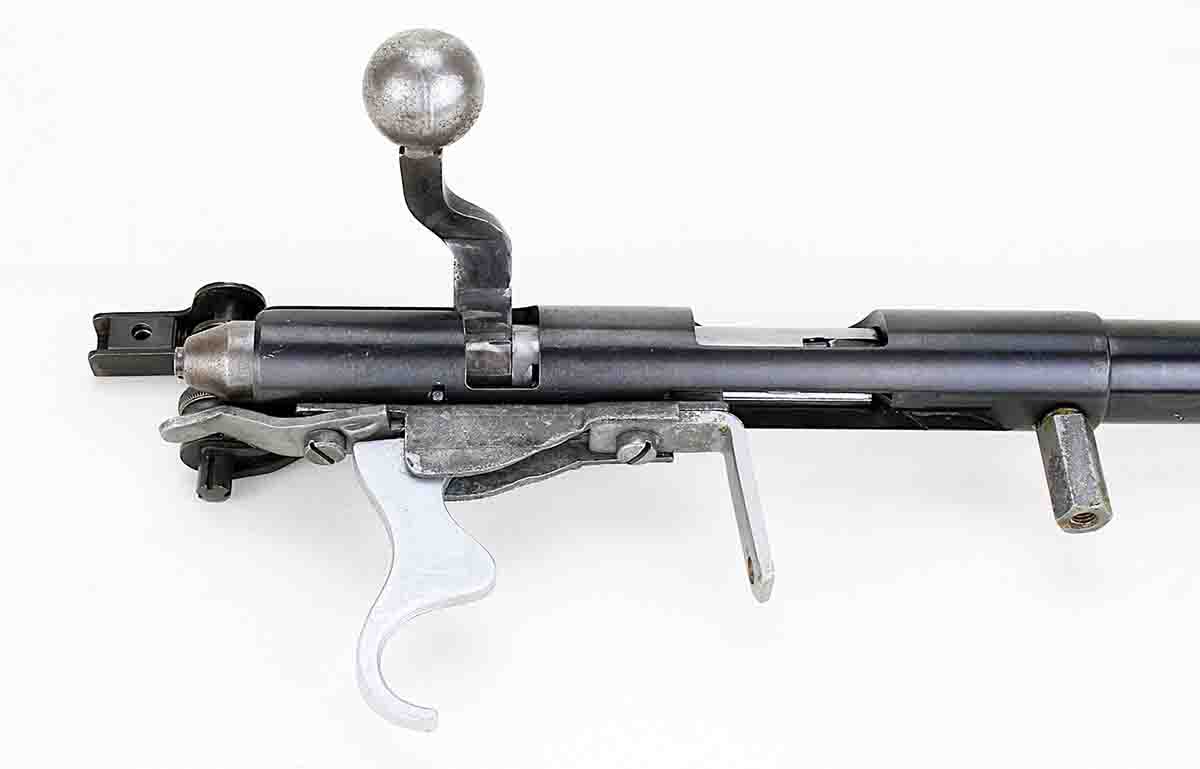
Mossberg designed the M44 as a training rifle – it was not made to be a competition rifle. Also, this specific rifle is pushing 80 years old, has passed through uncounted hands and has, at some point or other, received less than TLC treatment. Yet this octogenarian, fired at 25 yards, printed one-hole, 10-shot groups with pretty much any match grade ammunition fed to it – and with some non-match grade ammunition as well. Shooting the iron sights at 50 yards stretched the confidence limit of my eyesight, so I did not shoot groups at 100 yards.
For a touch of nostalgia, I fired a stage of a period military rifle qualification course on equally period SB-D-2 “1,000-inch” targets. The targets vaguely represent the silhouette of an enemy head and shoulders as seen at 100 yards, but is mounted at 25 yards – roughly 1,000 inches – from the shooter. I earned my Navy Expert Rifleman medal on an identical target, shooting the M14, and the instructor gave me a handful of the targets for my own use. This seemed an appropriate time to use a few.
Mossberg’s M44 U.S. series rifles are quite simple and easy to work on. The Gun Digest Book of Rimfire Rifles, 2016, by Kevin Muramatsu (gundigeststore.com) has a helpful chapter on disassembly and reassembly of the M44 U.S.; it does not cover the differences among the five versions (military and (a) through (d) civilian versions), but those differences are minor enough to not confound the typical “do-it-yourselfer.” If there’s an assisting “exploded view” type schematic that shows a parts fitting relationship, and not just an illustrated parts listing, which is available, I couldn’t find one. However, the NRA Guide to Firearms Assembly has a disassembly schematic and instructions for Mossberg’s Model 144LS, which is similar enough to the M44 U.S. to be eminently useful.
An online perusal showed that Model 44 U.S. series rifles in various conditions sold in 2021 from a low of $170 to a high of $560. Condition is everything when buying older guns, of course, but the going price for a complete specimen in NRA “Very Good to Excellent” condition seems to be about $325/$450. That’s pretty reasonable for an excellent shooter and a piece of American history.


